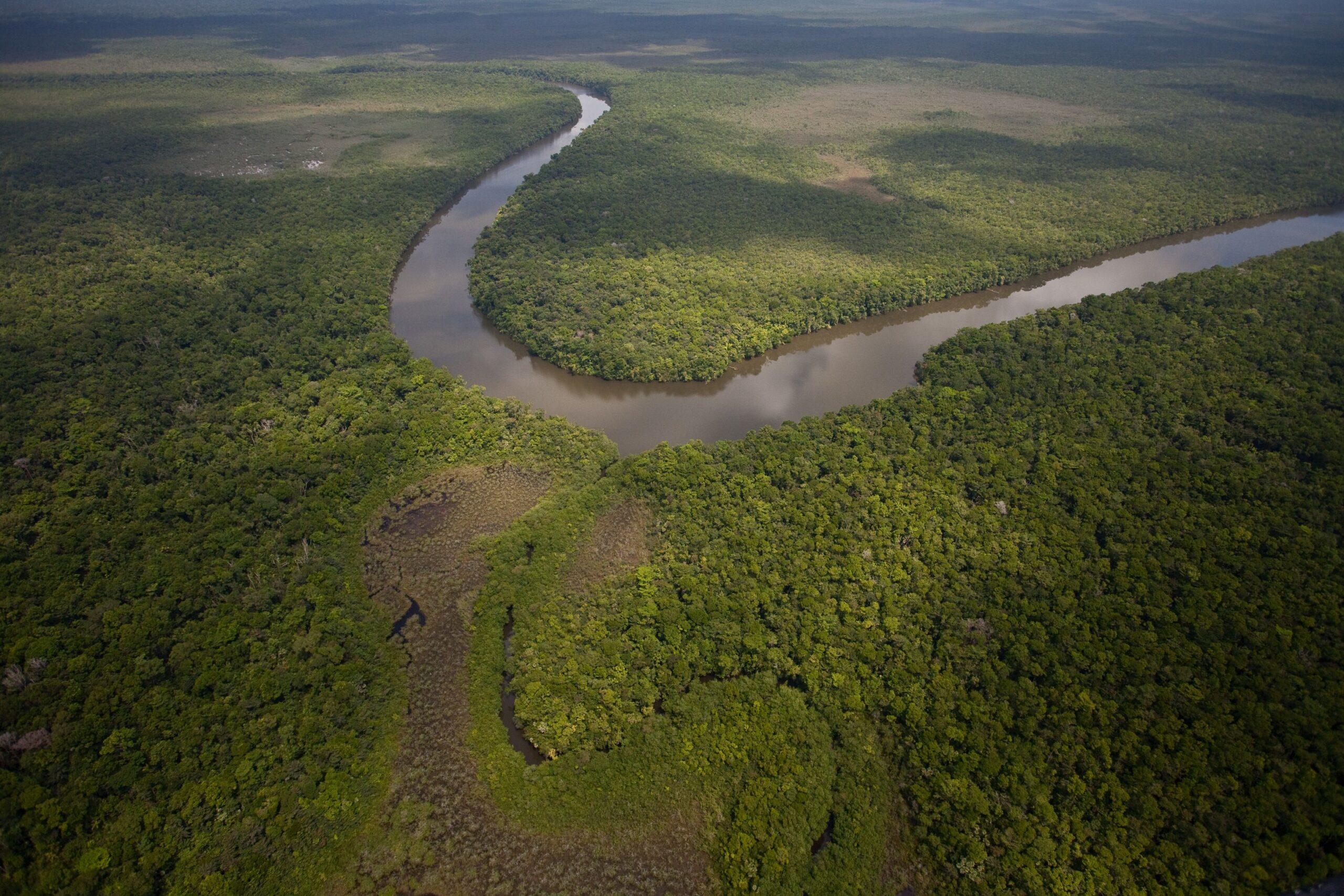Certifying REDD actions isn’t simple, partly as a result of one has to quantify the danger of woodland loss that may happen with out the carbon venture (i.e., the baseline). In different phrases, this calls for counterfactual research, which is a posh time period for having a look at a state of affairs and asking what would occur if issues had been other. This way isn’t distinctive to REDD and is a cornerstone of the affect analyses that govt businesses, lecturers and others world wide use to resolve what works, what doesn’t, and easy methods to allocate sources. Counterfactual research is, through its nature, unimaginable to substantiate with one hundred pc simple task, however is important if we’re to channel extra sources to protective forests as a vital method of preventing local weather exchange.
Awarding carbon credit to REDD tasks calls for excessive diligence, and we take that problem severely. For instance, we be sure that huge session at the most recent science and absolute best practices, in addition to a radical working out of the to be had equipment to measure woodland loss and acquire. This has been Verra’s guiding way since we embarked in this adventure, and continues to this present day.
Sadly, within the ultimate week The Mother or father and Die Zeit, operating in tandem with the privately-funded “investigative non-profit” SourceMaterial, revealed sensationalist articles the use of outlandish claims concerning the price of the REDD credit we have now issued in accordance with simplistic extrapolations of study that makes use of previous, outlier statistical fashions. Those are academically fascinating workouts, however they’d by no means cross muster as bona fide carbon crediting methodologies.
The way underpinning those research is problematic on a number of fronts. For one, the research practice an excessively simplistic device to create their very own counterfactuals, necessarily ignoring the original cases affecting each and every some of the tasks – and which can be vital to working out the more than a few drivers of deforestation and the way they range throughout landscapes. Any other main limitation is that the knowledge units used aren’t suitable for the duty to hand. The research depend on International Wooded area Watch (GFW) information, which is an out of this world device to spot the incidence of deforestation the world over and determine hotspots, however has a couple of barriers which have been identified through GFW itself and others. Because of this, a number of research have concluded and explicitly said that this knowledge must now not be used off-the-shelf to estimate deforestation or for REDD functions, even supposing they is also used if appropriate changes are made first. We’re getting ready our personal research of the research and can put up that in a while.
No longer all scientists agree, in fact, however we do strongly imagine that one-sided reporting, with an unique center of attention on a couple of cherry-picked research, does now not do justice to the realities at the floor and the big variety of reviews in this matter – together with the ones of scientists who acknowledge that those tasks are jointly protective forests underneath risk and due to this fact holding large quantities of carbon emissions out of the ambience. Mavens from many different organizations, together with Everland and Sylvera have additionally chimed in to show inadequacies within the medical analysis supposedly supporting the journalist’s claims.
Supply By means of https://www.ecosystemmarketplace.com/articles/why-verra-supports-redd/
